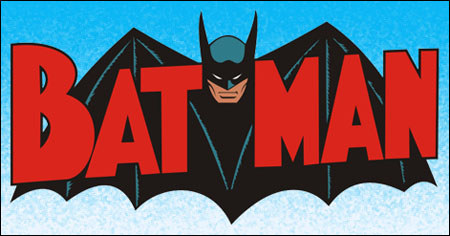This should be the next-to-last part of this article. Once again, if you haven't read Parts I through V, it would be wise of you to click this link which will whisk you to Part I…and from there, it will be a simple matter for you to find your way back to this chapter.
Two more men were key to establishing the "new look" for the Batman comics. Julius Schwartz's stable of freelancers included Joe Giella and Sid Greene, two artists who would be deployed mostly as inkers. Giella had been primarily an inker for some time. Greene's career at DC had been as an artist who penciled and inked but after Schwartz lost Mystery in Space and Strange Adventures, Greene found himself mostly being offered work inking other artists.
Neither man was the kind of inker to just trace what the pencil artist put there in pencil. Both inked Schwartz's three main pencilers — Carmine Infantino, Gil Kane and Mike Sekowsky. With Giella or Greene aboard, the end product rarely looked a lot like Infantino, Kane or Sekowsky. Giella especially approached pages penciled by others using an eraser as much as he used brush, pen and ink. This was never out of laziness. He might add as much as he omitted. He might redraw where he felt he could improve on what the penciler put down.
Editors might tell either inker (or any inker with such tendencies) to retain as much of the penciler's style as possible in certain situations but Schwartz did not tell that to Giella or Greene. Rather, he said he was counting on them to make the pencil art Bob Kane handed in less like Bob Kane art — less cartoony, more realistic and generally darker with more shadows. This was the art that was actually done wholly by Sheldon Moldoff but, as noted, most folks at DC either didn't know Moldoff was working on it, thought Kane was doing some of it or just decided not to ask for trouble and ask who was responsible for it.

After years of drawing roughly the way Kane might have drawn the comics himself since 1953, Moldoff felt lost. It was like "Draw it like Bob Kane but if Bob was drawing in a style he never drew in" and Moldoff hated the job. For one thing, it took longer to pencil a page that way but no raise in pay accompanied the new marching orders. For another, Schwartz asked for way more redraws than Schiff had ever demanded on the "old look" pages. He asked Kane and then Shelly had to do them…with at least one famous exception which Julie Schwartz described once on a panel I hosted at Comic-Con…
One time when Bob Kane dropped off pages, I asked him for a quick revision on one panel. Batman was punching someone and I wanted it to be a Marvel-style punch with a big fist coming right out at the reader. Bob said, "Okay, I'll take the page home and fix it and get it back to you tomorrow." By now, I knew he was going to have some assistant redo it so I decided to have a little fun with him. I said, "No, I need to send this story off to the letterer right away. Just sit down at a drawing table down the hall and redo the panel. He was turning pale. He said, "No, I need my own drawing table and my own art supplies to work." I said, "Come on. It's just one fist. The great Bob Kane should be able to knock that out in two minutes."
I kept after him until he finally agreed to do it. He took the page and went off down the hall to where there were some drawing tables for artists to work at. It took a half-hour or so but he finally came back with the page and the fist was perfect. He did a real good job. I was impressed until later, I found out what happened. He sat there for twenty minutes, erasing and redrawing, erasing and redrawing. Finally, he paid Murphy Anderson ten bucks to redraw it for him.
The "Bob Kane" art done by Shelly Moldoff for the new order was awkward but adequate, I guess. Let's say "barely adequate." It definitely was not the old style but it was not very organic. Shelly was no longer drawing like Bob Kane but he wasn't drawing like Shelly Moldoff either. He got a lot of help from the inks by Giella or Greene.
It was nowhere as fine as what Carmine Infantino was doing on the covers and on the stories that Kane had nothing to do with. Infantino's Batman had great movement and charismatic poses. Batman moved like Batman, not just like any old guy in a bat-costume. And Infantino "told" the stories — especially the ones by John Broome — very well. Most importantly, the Batman stories in Detective Comics (where Infantino alternated with "Kane") looked like today instead of like reprints from the Batman comics your father might have purchased when he was your age.
It was an exciting time to be a kid reading those comics. I'll tell you about that in our final chapter tomorrow. It starts with me going to the comic book rack at Pico Drug, the store near my home, on Thursday, March 26, 1964.